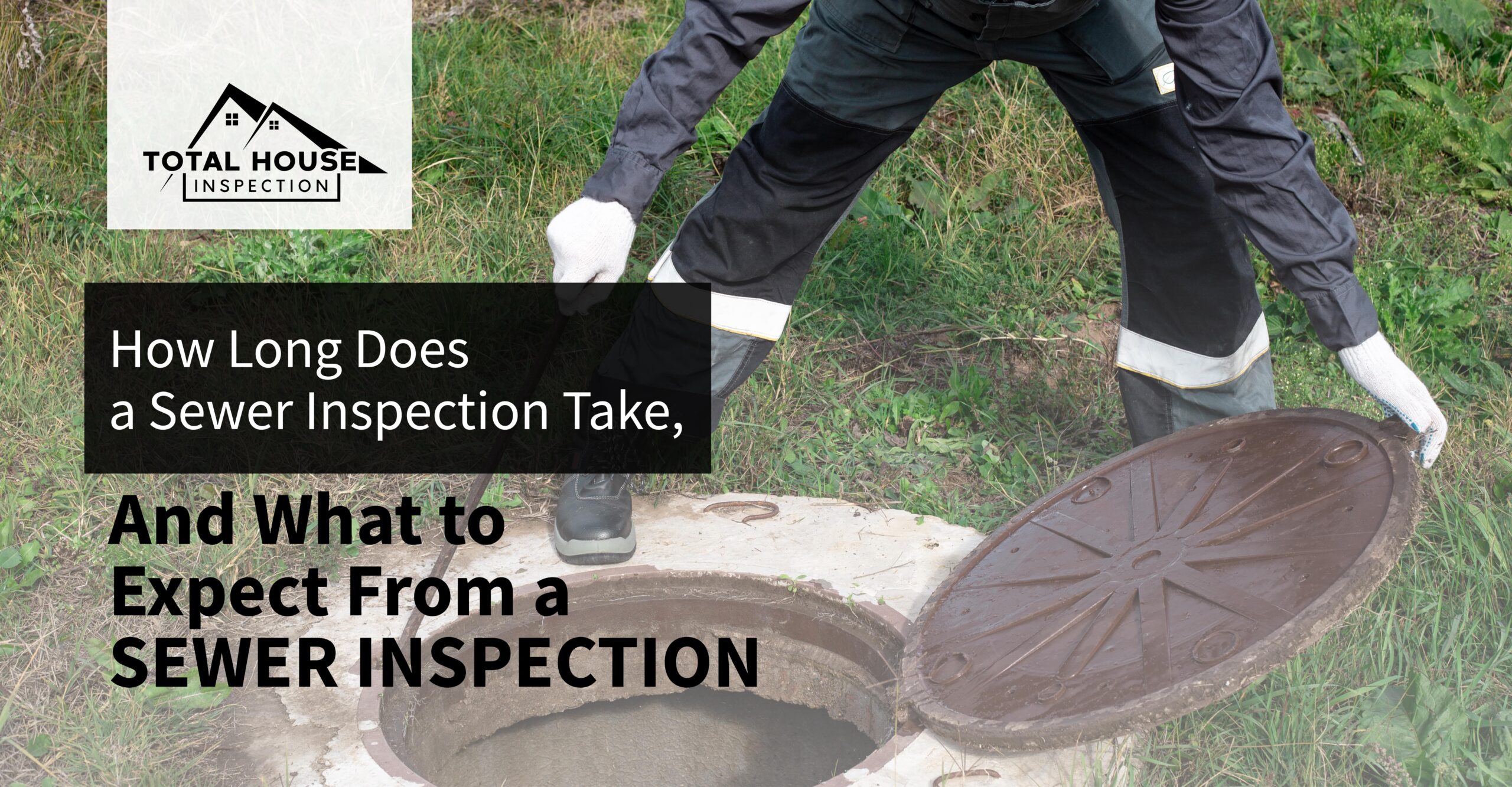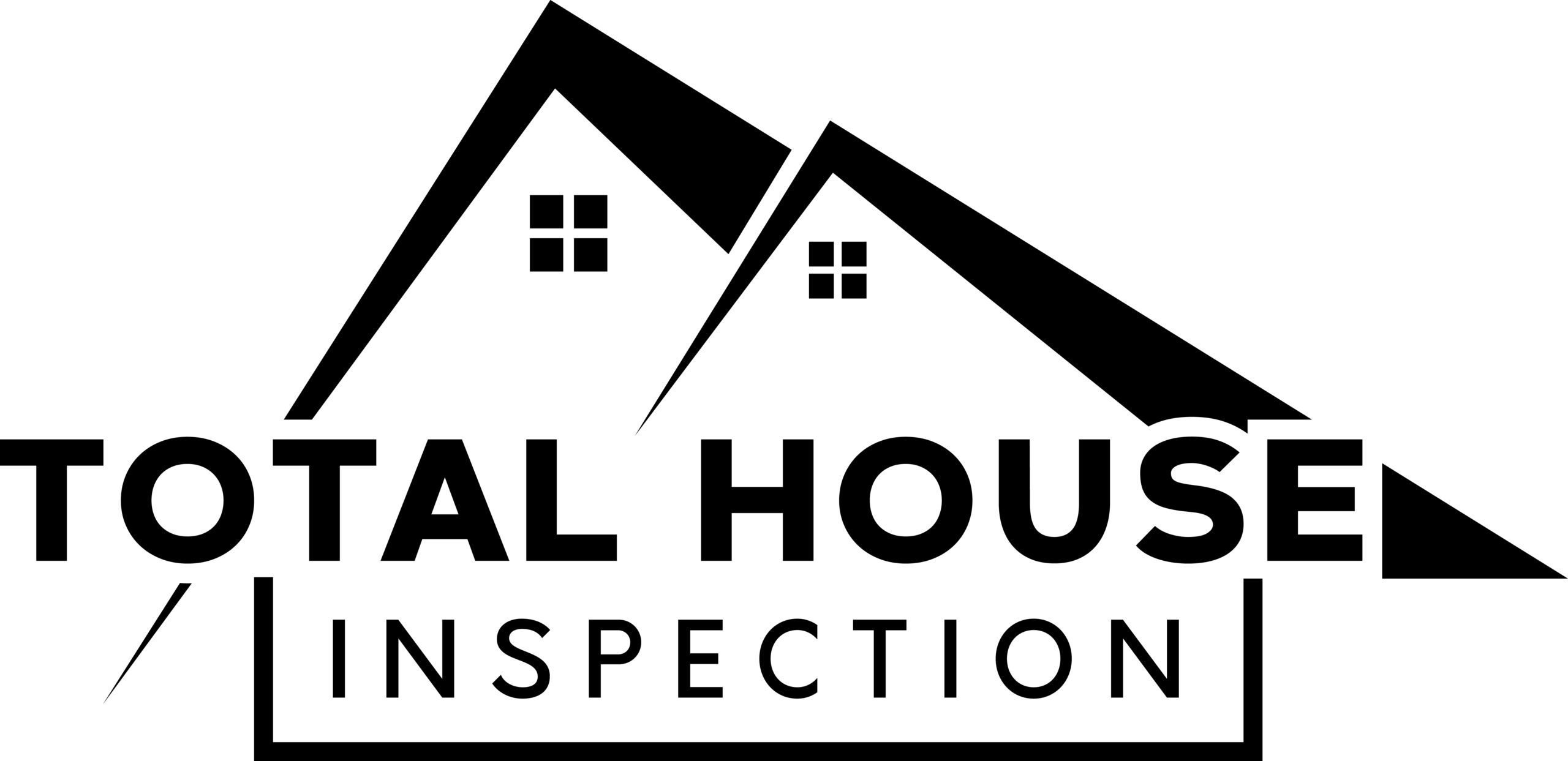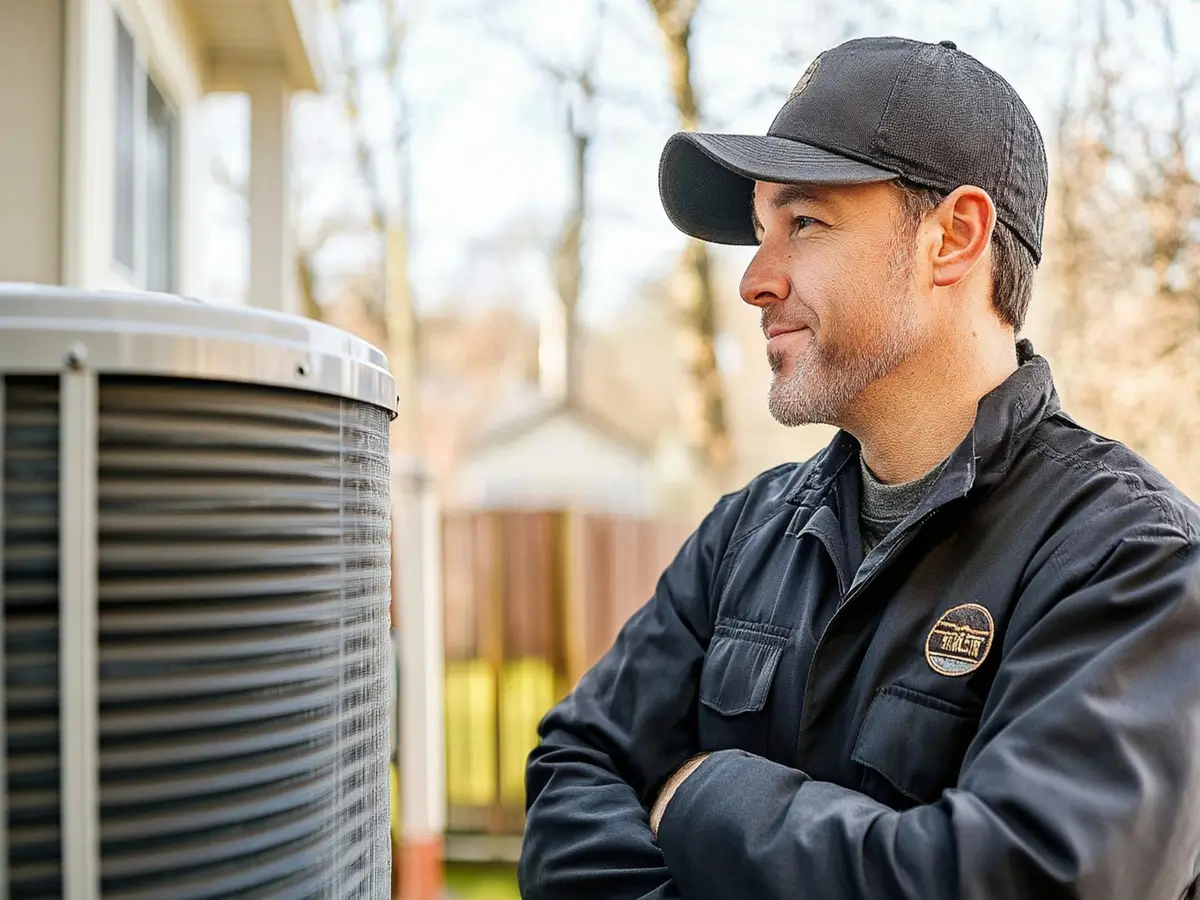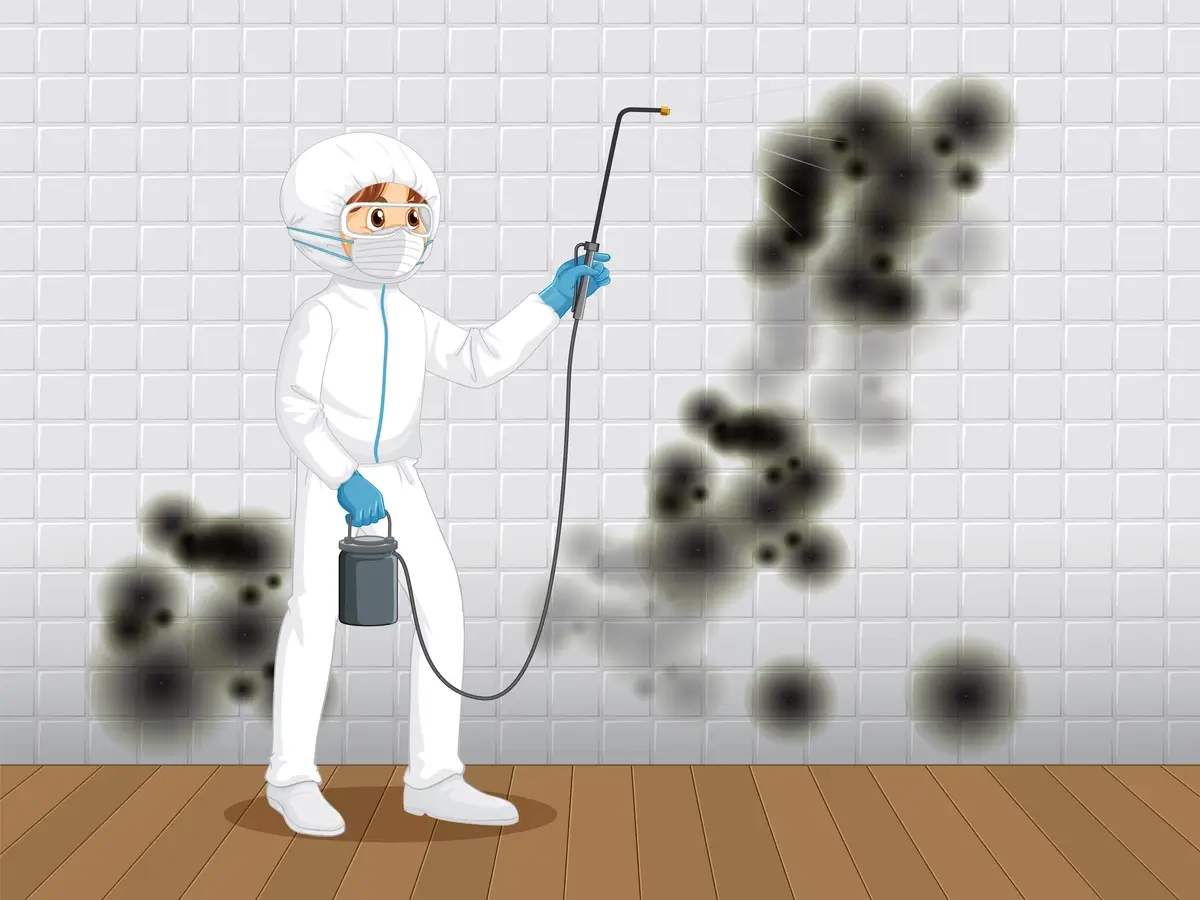The heating and cooling system is the main factor in…

How Long Does a Sewer Inspection Take, And What to Expect From a Sewer Inspection
Sewer inspections are crucial in ensuring the property functioning of commercial and residential sewer systems. Whether you are a home buyer, home seller, or property manager, understanding the ins and outs of a sewer system can be an effective tool in determining your decision and maintaining the integrity of your plumbing infrastructure. Further, we talk about the duration of a sewer line inspection and provide valuable insights regarding what you should expect during this critical inspection process.
Duration of a Sewer Inspection
The duration of a sewer inspection depends on several factors, such as the sewer system’s complexity, the property’s size, the inspection’s purpose, etc. Sewer inspections are essential to ensure proper sewer system functioning and identify potential issues. Below we will discuss some of the significant factors that affect the duration of a sewer inspection:
- Residential Inspections: If an inspector is carrying out a sewer inspection for a standard residential property, then the duration of such inspection varies from one to three hours. During this time, a professional inspector will evaluate the condition of a sewer system by using several methods, such as manual examination or video inspection. Sewer inspection for residential properties may involve inspecting pipe connections, accessing sewer lines through cleanouts or other entry points, examining the overall condition of the pipes, and checking for leaks or blockages.
- Industrial or Commercial Inspections: Commercial or industrial properties have more complicated sewer systems because of their higher usage and larger size. This increases the duration of a sewer inspection for these properties. A commercial or industrial inspection can take from a few hours to a full day, depending entirely on the intricacy and scale of the system. Sometimes, it might also require specialized equipment or multiple visits to examine the sewer lines thoroughly.
- Specific Issues or Concerns: The existence of particular issues or concerns with the system, such as recurring leaks, blockages, or suspected damage, might extend the duration of the inspection. In this case, it will require additional time to conduct an in-depth examination, locate problem areas, and potentially perform diagnostic tests to identify the leading cause of the issue.
- Accessibility and Conditions: The conditions under which the inspection takes place and the accessibility of the sewer lines are also two factors that affect the duration of a home inspection. If the pipes are in good condition and easily accessible, the inspection process won’t take too long. However, if the sewer lines are hard to reach or hindered by roots, debris, or other factors, it might take longer to complete the inspection.
- Purpose of the Inspection: The purpose of the inspection also impacts the duration of the inspection. For pre-purchase inspections or routine maintenance, where the central goal is to ensure the overall functionality and health of the system, the duration may be relatively shorter. However, there might be a requirement for a more detailed examination if the inspection is part of a renovation project, and so, of course, there will be an increase in the inspection duration.
It’s crucial to remember that these time frames are merely estimates and may change depending on the situation’s specifics. It is advised to speak with a qualified sewer inspector or plumbing specialist who can evaluate your specific needs and give you more precise time estimates if you want to learn more about how long a sewer inspection will take in your particular situation.
The Process of a Sewer Inspection – What to Expect
The sewer inspection process is quite thorough and advanced to ensure the condition of the sewer systems. The process starts with pre-inspection preparations and ends with reporting the inspection results.
- Pre-Inspection Preparation: Thorough pre-inspection planning is necessary before beginning a sewer inspection. This entails acquiring pertinent details regarding the sewer system, such as its layout, the materials used in construction, and previous maintenance records. The inspection team may also review any prior reports or issues to inform their approach and focus areas.
- Conducting Visual Inspections: Sewage inspection often begins with visual inspections. The above-ground components, such as manholes and vent stacks, are visually inspected by inspection professionals to determine their condition. Additionally, they search for indications of external damage or prospective dangers that could affect the functionality of the sewer system. Visual inspections offer important initial insights and help in guiding subsequent inspection techniques.
- Equipment Setup: Modern sewer inspections extensively use cutting-edge technology and specialized tools. A commonly utilized device is a remotely controlled camera system, sometimes called a CCTV (Closed-Circuit Television) inspection system or a sewer camera. A flexible wire that may be inserted into sewer pipes is attached to the camera to capture live video of the inside.
- Access Point Identification: The team locates suitable entry points into the sewer system to start the inspection. Maintenance holes, cleanouts, and other marked entry locations are examples of these access points. The chosen access points must offer a direct route to the sewer system’s areas of interest, such as pipe junctions, bends, or suspected problem areas.
- Camera Insertion and Exploration: The sewer camera is carefully inserted down the sewer pipes and into the selected entry point. The inspection team can see the state of the pipes’ interiors as it goes by, thanks to the camera’s live video footage. This examination reveals potential problems including clogs, cracks, root intrusions, corrosion, or additional issues that could impede the sewer.
- Thorough Inspection: The sewer camera is carefully navigated through the sewer pipes during the inspection. The inspection team pays particular attention to critical locations, such as pipe joints, regions prone to debris accumulation, and parts where problems are known or believed to exist. This careful method ensures no possible trouble spots are missed and enables a thorough assessment of the state of the sewer system.
- Sonar Technology: For sewer inspections, sonar technology is a relatively sophisticated technique, particularly in locations with limited visibility or larger diameter pipes. Sonar devices send out sound waves reflected by the pipe walls, giving precise information about the state of the pipe. This technique is beneficial for determining the structural integrity and locating deformations, cracks, or blockages that might not be immediately apparent. Inspectors usually use this method during the commercial property’s sewer inspection.
- Reporting and Documentation: The inspection team records any issues or flaws found as the inspection progresses. Timestamped video recordings, photos, and detailed notes on the location and type of the faults discovered are all included in this report. Having accurate documentation is essential for future analysis and maintenance planning.
The longevity and efficiency of underground sewer systems greatly depend on sewer inspections. These inspections minimize the possibility of expensive and disruptive failures by using a systematic procedure that integrates cutting-edge technology and expertise to identify possible problems before they worsen. Accurate reporting, analysis, and thoroughness of the inspection process allow sewer system operators to make informed decisions and implement timely maintenance strategies to keep the sewer infrastructure functioning optimally for the prospective years.
Experience the highest-quality sewer scope inspection in Rochester Hills with Total House Inspections. Our reliable and thorough home inspection service is your go-to solution for a safe and sound home. Schedule your inspection now and book with confidence. Don’t miss out on our exceptional services—contact us today!



